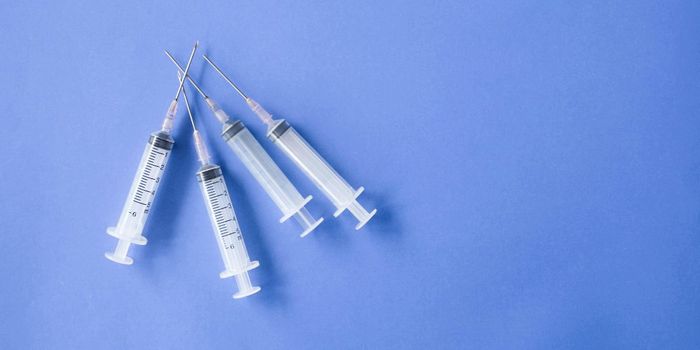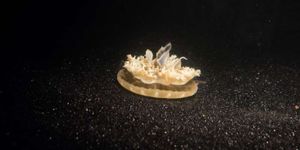The Secret to Regeneration Is In Our Genes
Why can’t humans regrow their organs like some organisms can? It certainly would help repair some of the damage done after a heart attack or traumatic injury. From the Mount Desert Island Biological Laboratory, scientists are hoping to activate “hidden genes” that may explain the human ineptitude for regeneration.
The innate immune system & regeneration
The research began with studying heart regeneration in the axolotl, also known as the Mexican salamander. Scientists induced a heart attack in salamander models and observed their response. New heart muscle tissue formed, but not without the help of macrophages, cells of the immune system that are critical in fighting infection. Without macrophages, scar tissue formed instead of muscle tissue, and regeneration didn’t happen.
Where did the idea that macrophages are involved in regeneration come from? These white blood cells are among the first immune cells to arrive at the site of injury or infection, engulfing and digesting dead and dying cells to make room for tissue repair. If macrophages can promote tissue repair in this scenario, thought study leader James Godwin, PhD, then perhaps they perform the same action with heart cell damage after a heart attack.
"The scar shoots down the program for regeneration," Godwin explained. "No macrophages means no cardiac regeneration."
Scarring in the heart
Cardiac fibroblasts are cells that maintain the integrity of the extracellular matrix, a healthy function. But when damage to the heart occurs, like a heart attack, these cells turn destructive, acting instead as myofibroblasts, promoting the production of scar tissue. When healthy heart muscle cells are replaced with scar tissue, the heart has to work harder to pump blood to the body. The harder the heart has to work, the greater the risk for future adverse cardiac events and heart failure.
"If humans could get over the fibrosis hurdle in the same way that salamanders do, the system that blocks regeneration in humans could potentially be broken," Godwin explained. "We don't know yet if it's only scarring that prevents regeneration or if other factors are involved. But if we're really lucky, we might find that the suppression of scarring is sufficient in and of itself to unlock our endogenous ability to regenerate."
Godwin’s study of the innate immune system, macrophages, and their involvement in regeneration is unique; most scientists look to the lack of sufficient cardiomyocyte (heart muscle cell) proliferation as the reason for why humans are unable to regenerate heart tissue.
You are what your genes say you are
Salamanders and humans evolved from a common ancestor. Why didn’t humans conserve the same regenerative genes that salamanders did? In fact, maybe we have the genes after all - we just don’t use them. This is the idea that powers Godwin’s goal for activating regenerative abilities in humans: uncovering and activating “hidden genes” with macrophage-derived drugs.
These drugs could either bolster tissue repair directly using macrophage-esque techniques, or they could identify and activate certain genes responsible for producing macrophages in the heart. Godwin and his team are currently looking for the right “molecular targets” to achieve these goals.
It’s not the first time scientists have discovered beneficial roles for macrophages in the heart. This new study provides a new perspective on humans and regenerative capabilities as well as potential techniques for bringing out our regenerative powers.
The present study was published in the journal Regenerative Medicine.
Sources: Circulation Research, Mount Desert Island Biological Laboratory









